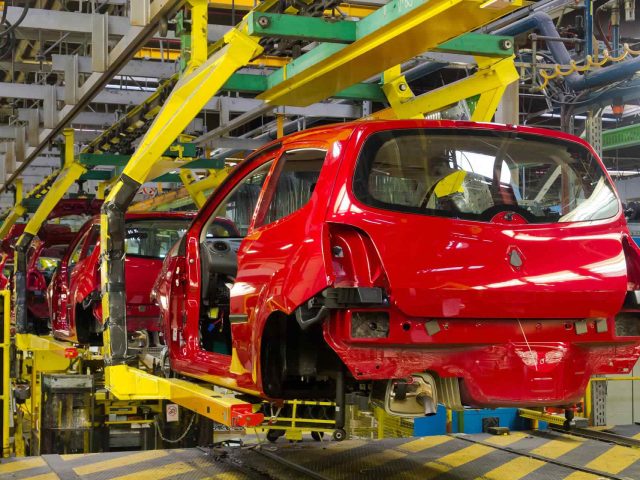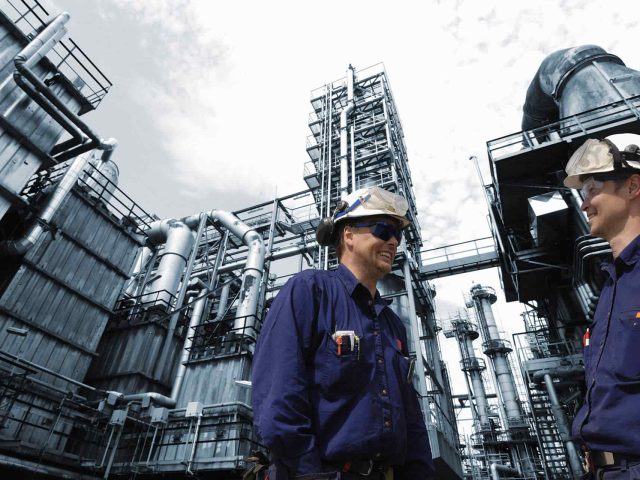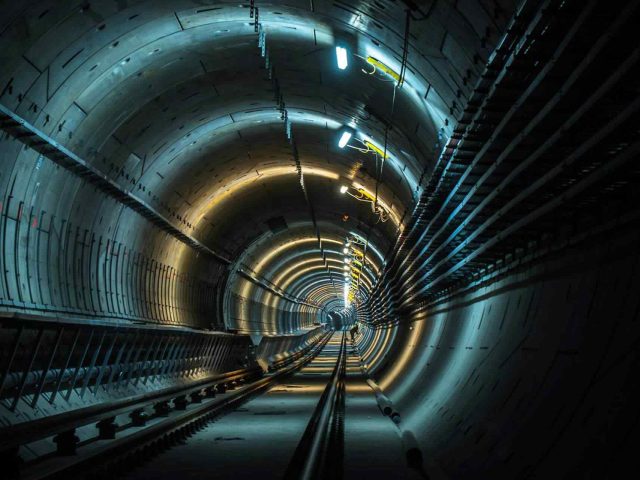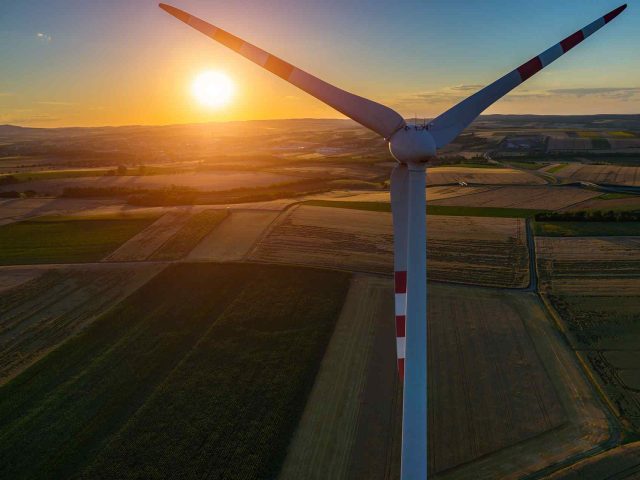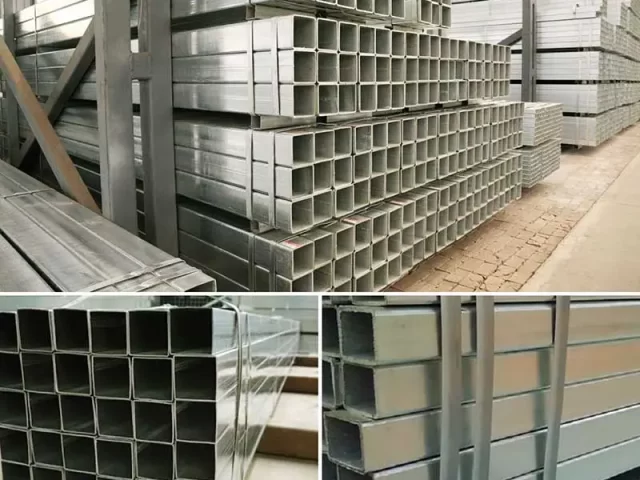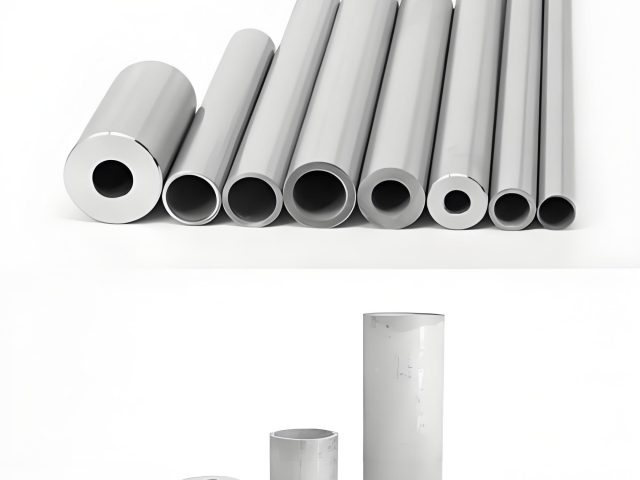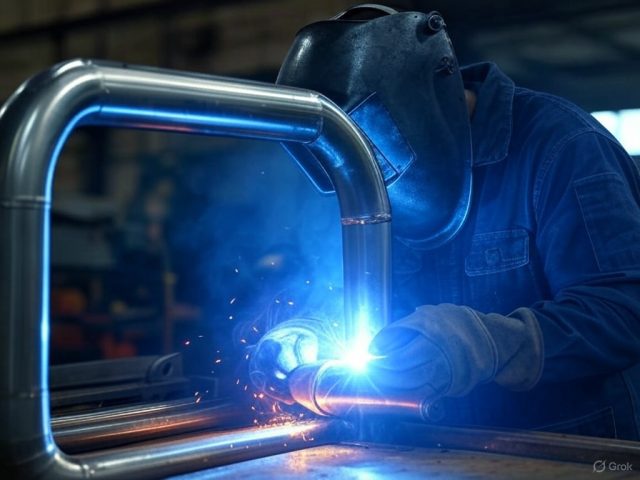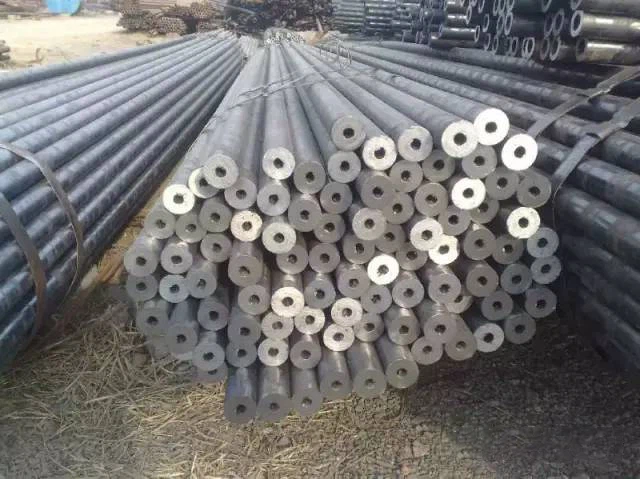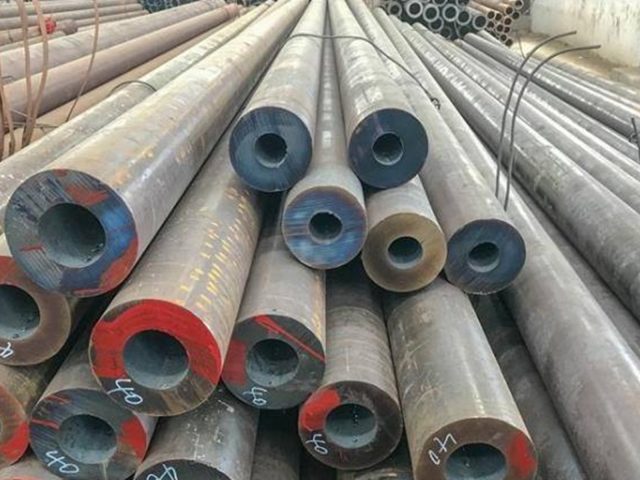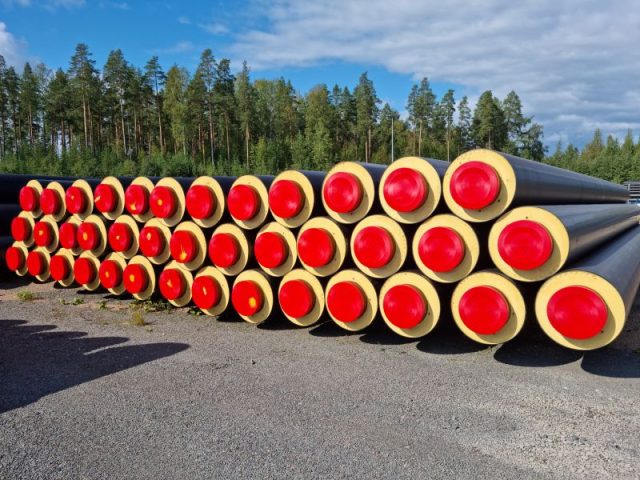
APRÈS – Aciers de qualité supérieure !
Nos services
Tuyau & Découpe de raccords :
Services d'usinage:
Soudage:
Tuyau de cintrage personnalisé :
Inspection et documentation
C. Soudures, y compris les certifications des soudeurs et des matériaux d'apport D. Certification E d’électropolissage ou de passivation. Certificats de matériaux
Enfilage & Fabrications sur mesure
Produits Abter
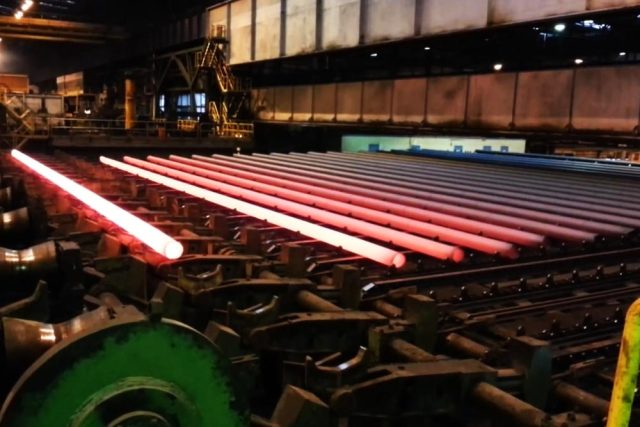
Tuyaux en acier inoxydable
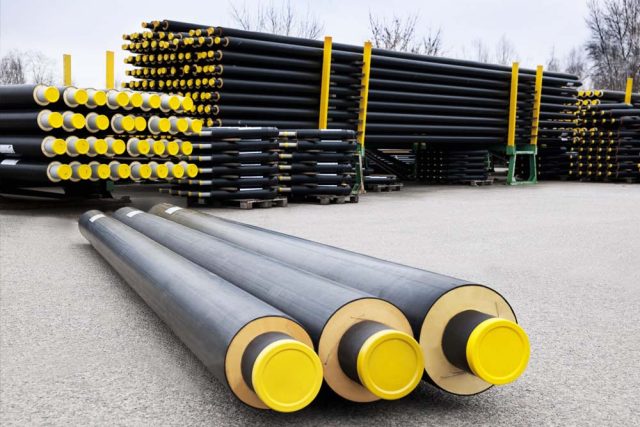
Tuyaux pré-isolés
ENTREPRISE
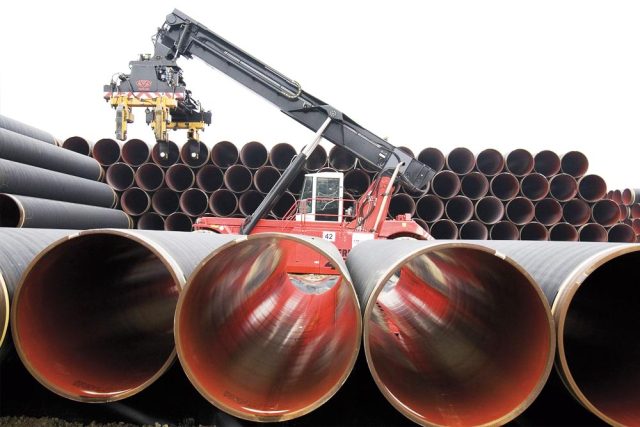
2Tuyau enduit anticorrosion PE/3PE
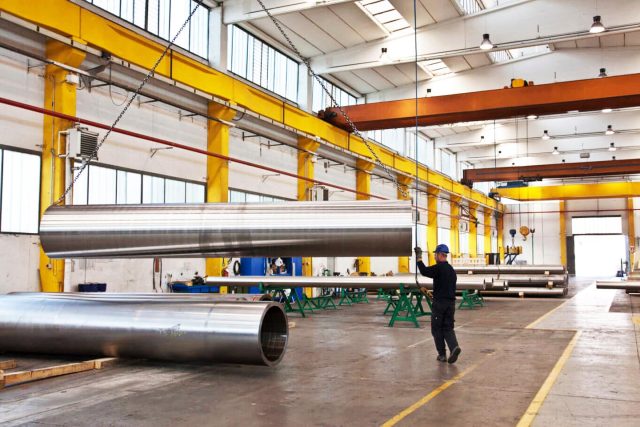
Tubes en acier allié
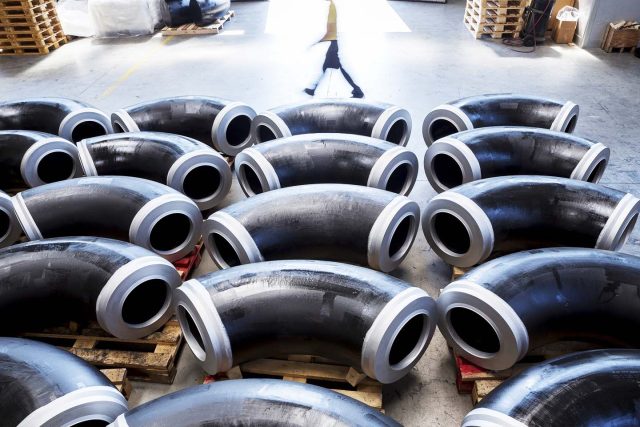
Carbone & Raccords de tuyauterie en acier allié

ACIER ABTER
“Dans le passé 30 années, La société sidérurgique Abter s'est engagée dans l'industrie des systèmes de tuyauterie.“
dernières nouvelles & événements
Sections creux en acier galvanisé, Fabriqué à partir de matériaux comme Gr.A, Gr.B, Gr.C, S275J0H, S355JR, S355J0H, S355J2H, A36, SS400, Q195, Q235, et Q345, Adhérer à des normes telles que ASTM A500, ASTMA53, API 5L, BS1387, FR39, IL 3466, EN10219, et GB/T 13793-1992. Le choix entre le trempage chaud et la galvanisation froide, formage transparent ou soudé, et des formes spécifiques (rond, rectangulaire, carré) dépend des exigences de la demande. Une inspection de qualité rigoureuse garantit la conformité aux normes de résistance mécanique et de corrosion, Rendre ces produits fiables pour diverses utilisations.
Le 2507 tuyau en acier inoxydable duplex (États-Unis S32750, SAF 2507) est un matériau haute performance conçu pour des environnements extrêmes. Sa combinaison de résistance mécanique, résistance à la corrosion, et la polyvalence dans divers programmes et tailles le rend indispensable dans des industries telles que le pétrole et le gaz, dessalement, et traitement chimique. Les spécifications détaillées fournies dans ce document, y compris la composition chimique, propriétés mécaniques, et tables dimensionnelles, Offrez une ressource complète pour les ingénieurs et les professionnels de l'approvisionnement à la recherche de solutions de tuyauterie fiables.
Stratégies pratiques, y compris la formation des soudeurs, Automatisation des processus, et contrôle environnemental, Améliorer davantage la qualité de la soudure. Des études de cas démontrent que les approches QC sur mesure peuvent réduire considérablement les taux de défaut, Assurer la sécurité et la fiabilité des systèmes de tuyauterie en acier inoxydable. Avancées futures de la technologie de soudage, comme la détection des défauts en temps réel et les matériaux de remplissage améliorés, promettez d'élever davantage les normes de qualité dans ce domaine critique.!
DANS 10305-1 est une norme européenne qui spécifie les conditions de livraison techniques pour les tubes en acier tiré par froid sans couture de la section transversale circulaire utilisée dans les applications de précision. Ces tubes sont généralement utilisés dans des industries telles que l'automobile, génie mécanique, systèmes hydrauliques, et ingénierie générale, où une précision dimensionnelle élevée, surfaces lisses, et les propriétés mécaniques fiables sont essentielles.
Les tuyaux en acier épais lourds sont définis par un rapport épaisseur / diamètre de haute paroi, permettant une résistance à la pression exceptionnelle et une durabilité structurelle. Ces tuyaux sont fabriqués par des processus Seamouss ou aigus, avec des variantes transparentes (par exemple., tuyaux de précision à froid) offrant une uniformité supérieure et des performances mécaniques en raison de l'absence de coutures de soudure
les tuyaux pré-isolés répondent à toutes les exigences des normes européennes EN 253, DANS 448, DANS 488 et FR 489. Paramètres de fonctionnement du tuyau: Nous pouvons produire des tuyaux en acier d'isolation pré-isolés / thermique: Norme d'isolation: DANS 253 Standard: API 5L, ASTM A53/A106/A333, DANS 10216-2 P235GH/P265GH OD: 21.3 – 813mm Length: 5.8m, 6m, 11.8m, 12m The maximum operating temperature is 142°C (150°C à court terme) pour une surpression de service maximale de 2.5 MPa avec une durée de vie de 30 années. Les tuyaux avec une isolation en mousse PUR avec une résistance thermique accrue allant jusqu'à 165 ° C peuvent être fournies sur demande.
Quartier général
Nous sommes partout


